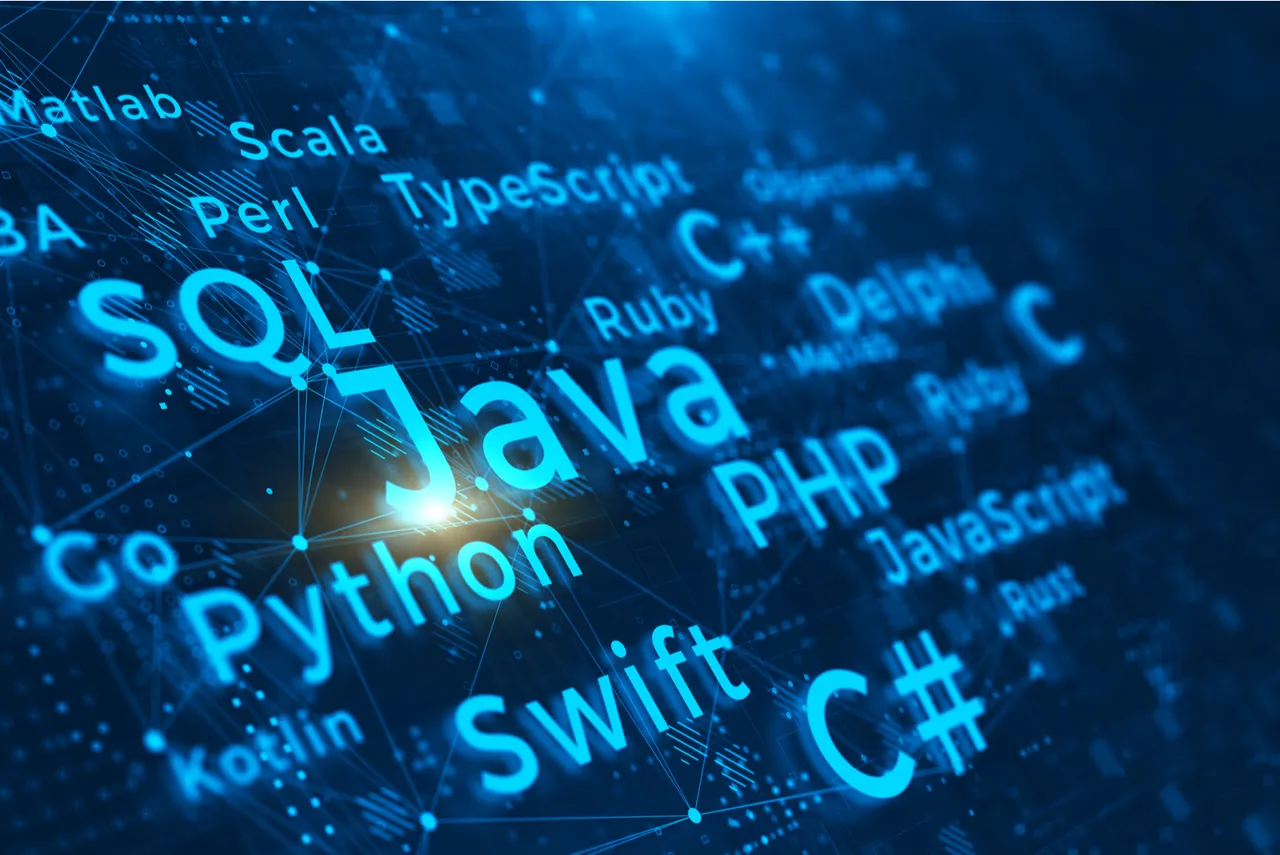Target Student:
This course is designed for students who wish to expand their ability to extract knowledge from business data. The target student for this course understands the principles and benefits of data science and has used basic data-driven tools like Microsoft® Excel® and Structured Query Language (SQL) queries, but wants to take the next steps into more advanced applications of data science.
So, the target student may be a programmer or data analyst looking to solve business problems using powerful programming libraries that go beyond the limitations of prepackaged GUI tools or database queries; libraries that give the data scientist more fine-tuned control over the analysis, manipulation, and presentation of data.
A typical student in this course should have several years of experience with computing technology, along with a proficiency in programming.
Prerequisites:
To ensure your success in this course, you should have at least a high-level understanding of fundamental data science concepts, including but not limited to: data engineering, data analysis, data storage, data visualization, and statistics.
You should also be proficient in programming with Python. You can obtain this level of skills and knowledge by taking the following Ratio courses:
Python® Programming: Introduction
Python® Programming: Advanced


